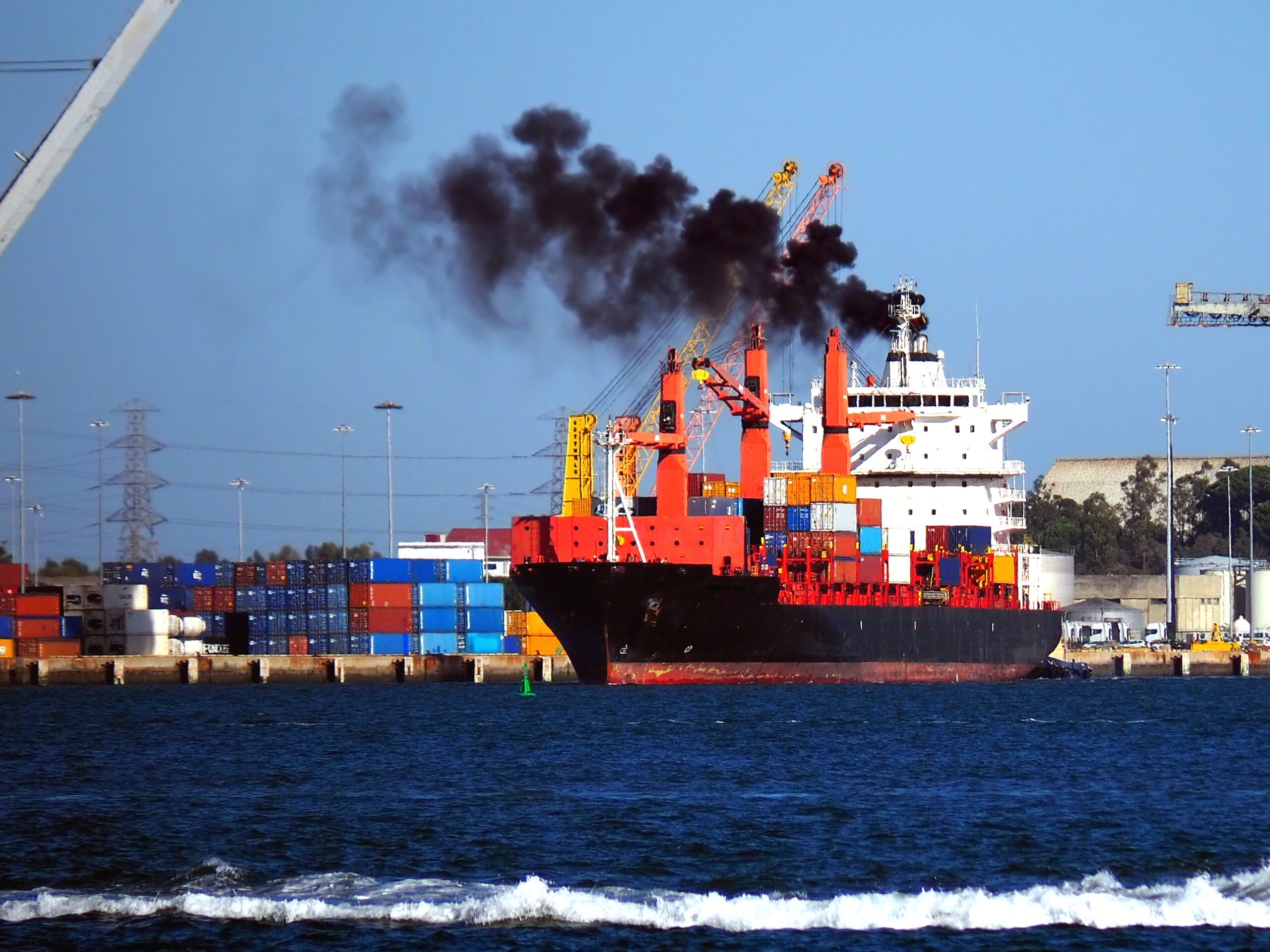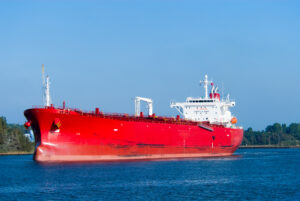A new study by UCL and consultancy UMAS reveals an increasing trend in international shipping emissions in stark contrast to IMO’s objectives to achieve absolute emission reductions of 20-30% by 2030, on 2008 emissions levels.
The report shows rising GHG emissions and slowing carbon intensity reductions in international shipping between 2018 to 2022.
It also highlights the interplay of factors influencing emissions trends in the container, oil tanker, bulk carrier and cruise segment, responsible for approximately 70% of the shipping sector’s emissions.
According to the new report, “while some efficiency improvements are observed across various segments, the continued growth in transport work, despite the blip during the Covid-19 pandemic, necessitates further action to achieve ambitious emissions reduction targets set in the IMO’s Revised GHG strategy adopted last year.”
The Covid-19 pandemic had a significant but transient impact on the trends observed.
In 2020, the pandemic-induced reduction in trade led to a decrease in transport work and a subsequent reduction in total emissions but this trend was quickly reversed post-pandemic with a surge in trade in 2021 resulting in a spike in transport work, reduced efficiency, faster average speeds, consequently increasing overall emissions.
Dr Haydn Francis, Consultant at UMAS, said: “This analysis reveals a stagnation in emissions reductions from international shipping since 2018 and highlights the need for renewed efforts in fleet efficiency and carbon intensity improvements. While this can in part be attributed to the effects of COVID-19 on supply chains, there remains a clear need to focus on targeted strategies that address the varying trends across segments and support a cohesive path toward decarbonization.”
An overall finding is that the light regulation (EEDI, SEEMP) that existed during the period 2018-2022, in combination with market forces for that period (varying fuel prices and freight rates/prices), did not produce efficiency improvement or carbon intensity reduction that is in line with the IMO’s revised strategy.
Furthermore, the CII regulation that entered into force in 2023 needs to have both stringency and enforcement to drive strong efficiency improvements in line with the IMO’s revised strategy, otherwise the efficiency opportunity will be left behind, according to the report.
The message from this analysis is that the fleet actually has a latent efficiency opportunity, because during the period to 2022, utilisation and speeds of many ship categories actually trended in directions countering efficiency improvements.
However, these are trends that can be rapidly reversed with minimal technological intervention and should also come with cost reductions to trade.



